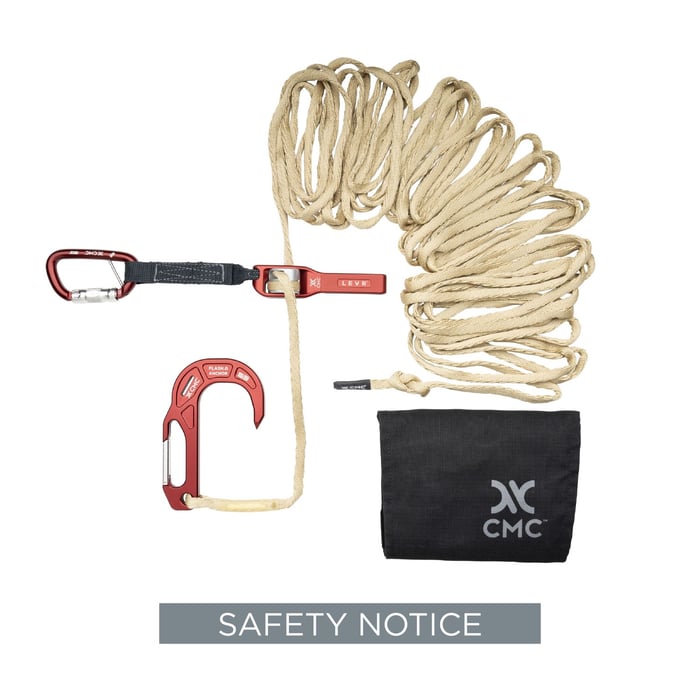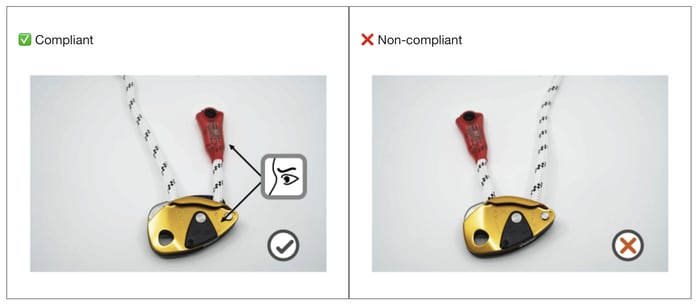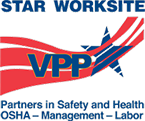Roco Rescue has entered a strategic partnership with the Voluntary Protection Program Participants' Association (VPPPA), extending exclusive benefits to VPPPA members*. Through this Partnership, VPPPA members gain access to specialized rescue training program discounts and scholarships with Roco Rescue!
Discounted Training Opportunities
VPPPA members benefit from a 10% discount on Open Enrollment Registration Courses across Roco Rescue's comprehensive training catalog. This exclusive discount underscores Roco Rescue's commitment to advancing safety excellence within the VPP community.
Member-Exclusive Scholarships
In addition to the discount program, VPPPA members will now also have access to a VPPPA member-exclusive Rescue Training Scholarship Program. This program offers up to four scholarships per year for VPPPA members, enabling access to Roco Rescue's acclaimed Rescue Essentials course.
As Chris Williams, Executive Director of VPPPA, aptly puts it, "Roco Rescue embodies the commitment that VPPPA and its members share to advancing health and safety excellence."
How to Get Started
For VPPPA members looking to take advantage of these exclusive benefits, visit this link for more information.
*Applies to Full, Associate and Corporate membership types, excluding Roco competitors.

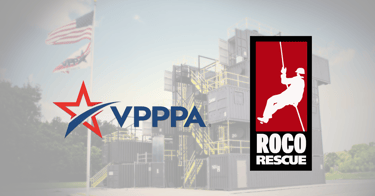
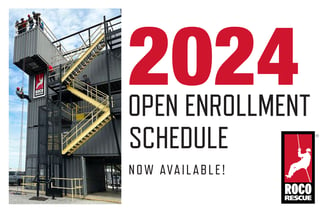

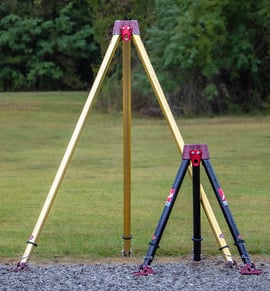 Sleek, portable and mission-driven – the new
Sleek, portable and mission-driven – the new 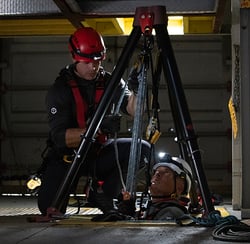 Key Features:
Key Features: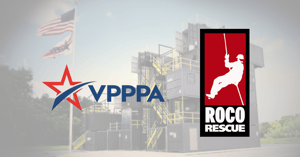
 We are so excited to finally make this official with VPPPA.
We are so excited to finally make this official with VPPPA.